Filter by
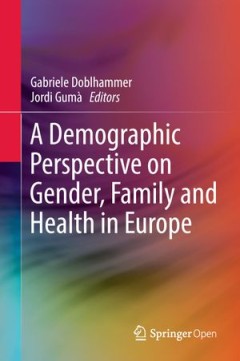
A Demographic Perspective on Gender, Family and Health in Europe
family; relationships; health, parenthood
- Edition
- -
- ISBN/ISSN
- 9783319723556
- Collation
- -
- Series Title
- -
- Call Number
- 330 DOB d

Contemporary Perspectives on Ageism
Older adults outnumbering children; Gerontology/geriatrics; Aging world population; The study of ageism; Ageism is the most prevalent form of discrimination
- Edition
- -
- ISBN/ISSN
- 9783319738192
- Collation
- -
- Series Title
- -
- Call Number
- 330 AYA c
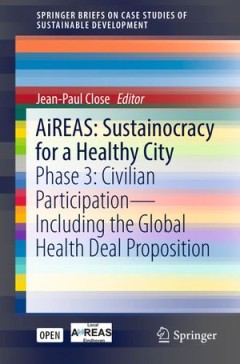
AiREAS: Sustainocracy for a Healthy City: Phase 3: Civilian Participation –…
Development Economics, Atmospheric Protection / Air Quality Control / Air Pollution, Urban Studies/Sociology, Social Choice/Welfare Economics/Public Choice, Group Theory and Generalizations, Data Mining and Knowledge Discovery
- Edition
- -
- ISBN/ISSN
- 9783319456195
- Collation
- -
- Series Title
- -
- Call Number
- 360 CLO a
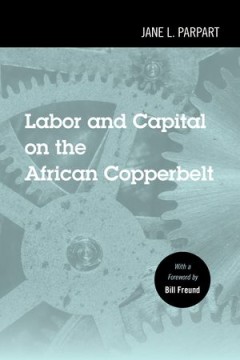
Labor and Capital on the African Copperbelt
Labor and Capital on the African Copperbelt is an admirable introduction to social formation and class struggle in a historic phase of central African history and a history of labor on the Copperbelt. Beginning with their experiences in the Northern Rhodesian copper mines in the 1920s, black miners and their families gradually developed a sense of themselves as a class of workers. Their class c…
- Edition
- -
- ISBN/ISSN
- 9781439917985
- Collation
- -
- Series Title
- -
- Call Number
- -
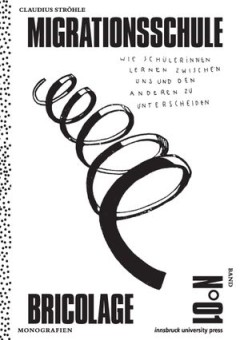
Migrationsschule
At school, not only arithmetic and writing is taught. Pupils also learn to behave male or female, which means to be poor or rich - and to distinguish who is considered ""foreigner"" and who is not. In order to understand the significance of migration and ethnicity in everyday school life, the author accompanied and observed teachers and pupils at a new middle school in Tyrol. The resulting obse…
- Edition
- -
- ISBN/ISSN
- 9783903122765
- Collation
- -
- Series Title
- -
- Call Number
- 572.9 STR m
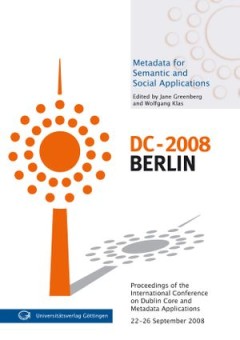
Metadata for semantic and social applicationsDC- 2008 Berlin - Proceedings of…
Metadata is a key aspect of our evolving infrastructure for information management, social computing, and scientific collaboration. DC-2008 will focus on metadata challenges, solutions, and innovation in initiatives and activities underlying semantic and social applications. Metadata is part of the fabric of social computing, which includes the use of wikis, blogs, and tagging for collaboration…
- Edition
- -
- ISBN/ISSN
- 9783940344496
- Collation
- -
- Series Title
- -
- Call Number
- 005.74 GRE m
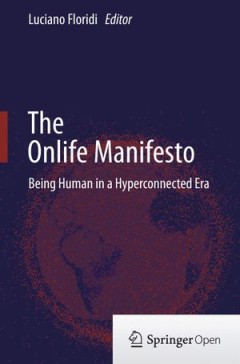
When poetry comes to its senses:* inscribed Roman verse and the human sensori…
Chapter 7 of Dynamic Epigraphy: New Approaches to Inscriptions This volume, with origins in a panel at the 2018 Celtic Conference in Classics, presents creative new approaches to epigraphic material, in an attempt to 'shake up' how we deal with inscriptions. Broad themes include the embodied experience of epigraphy, the unique capacities of epigraphic language as a genre, the visuality of in…
- Edition
- -
- ISBN/ISSN
- 9781789257915
- Collation
- -
- Series Title
- -
- Call Number
- -
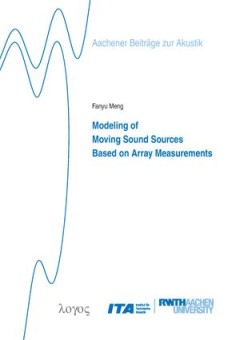
The Story of Barzu: As Told by Two Storytellers from Boysun, Uzbekistan
The ancient Persian storytelling tradition has survived until the present day among the Tajik villages in the Gissar mountains of Uzbekistan. This book explores the story of Barzu and demonstrates that the historical Transoxania, since the time of Alexander the Great, has always been a melting pot of diverse shared cultures. In the village of Pasurxi, near Boysun in the Surxandaryo region of co…
- Edition
- -
- ISBN/ISSN
- 9789087281168
- Collation
- -
- Series Title
- -
- Call Number
- -
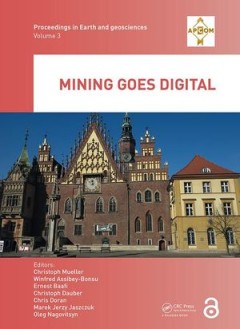
Still Thriving: On The Importance of Aranye Fradenburg
he work of L.O. Aranye Fradenburg, especially her psychoanalytic criticism of Chaucer, and her formulations of discontinuist historical approaches to the Middle Ages, has been extremely influential within medieval studies for the past 20 or so years. More recently she has been focusing on more broad defenses of the humanities, especially with regard to the valuable role of literary studies rela…
- Edition
- -
- ISBN/ISSN
- 9780988234031
- Collation
- -
- Series Title
- -
- Call Number
- -

Stealing the Club From Hercules: On Imitation in Latin Poetry
In this book, conceived as a sort of Prolegomena to his two Teubner editions, Conte gives account of his choices in editing his Virgilian text. Engaging in a passionate debate with his predecessors and critics, he guides the reader in a fascinating journey in the history of transmission and interpretation of Georgics and Aeneid and shows how lively textual criticism can be.
- Edition
- -
- ISBN/ISSN
- 9783110472202
- Collation
- -
- Series Title
- -
- Call Number
- -
 Computer Science, Information & General Works
Computer Science, Information & General Works  Philosophy & Psychology
Philosophy & Psychology  Religion
Religion  Social Sciences
Social Sciences  Language
Language  Pure Science
Pure Science  Applied Sciences
Applied Sciences  Art & Recreation
Art & Recreation  Literature
Literature  History & Geography
History & Geography